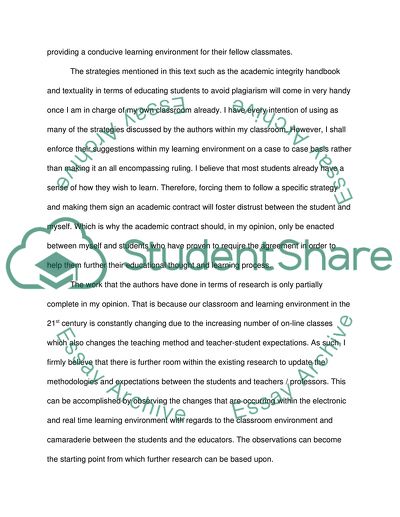Cite this document
(“Reading Responses to Literacy in Three Metaphors, Writing Healing Essay”, n.d.)
Retrieved from https://studentshare.org/english/1485101-reading-responses-to-literacy-in-three-metaphors-writing-healing-introduction-and-strategies
Retrieved from https://studentshare.org/english/1485101-reading-responses-to-literacy-in-three-metaphors-writing-healing-introduction-and-strategies
(Reading Responses to Literacy in Three Metaphors, Writing Healing Essay)
https://studentshare.org/english/1485101-reading-responses-to-literacy-in-three-metaphors-writing-healing-introduction-and-strategies.
https://studentshare.org/english/1485101-reading-responses-to-literacy-in-three-metaphors-writing-healing-introduction-and-strategies.
“Reading Responses to Literacy in Three Metaphors, Writing Healing Essay”, n.d. https://studentshare.org/english/1485101-reading-responses-to-literacy-in-three-metaphors-writing-healing-introduction-and-strategies.


